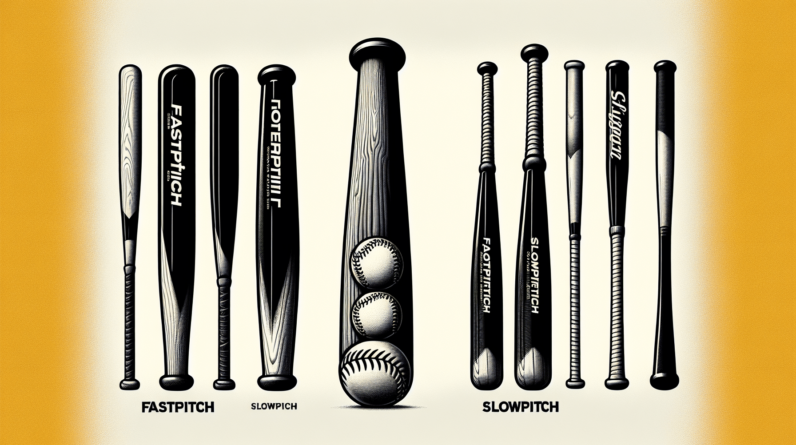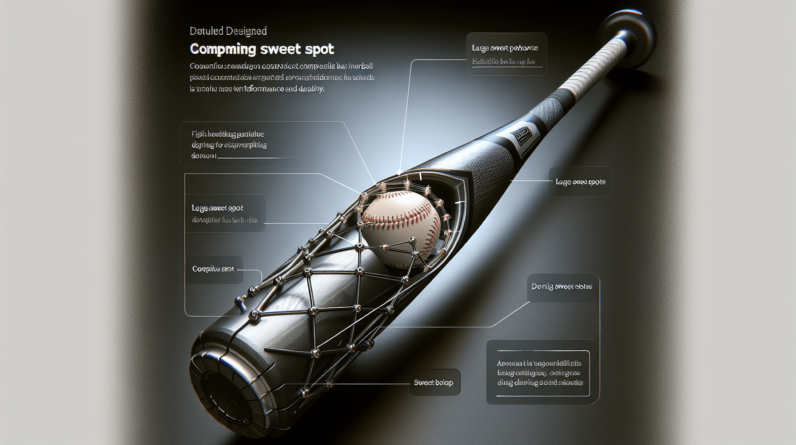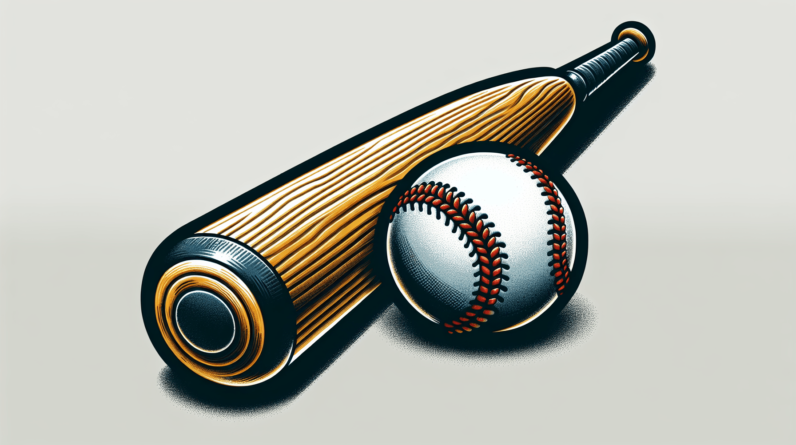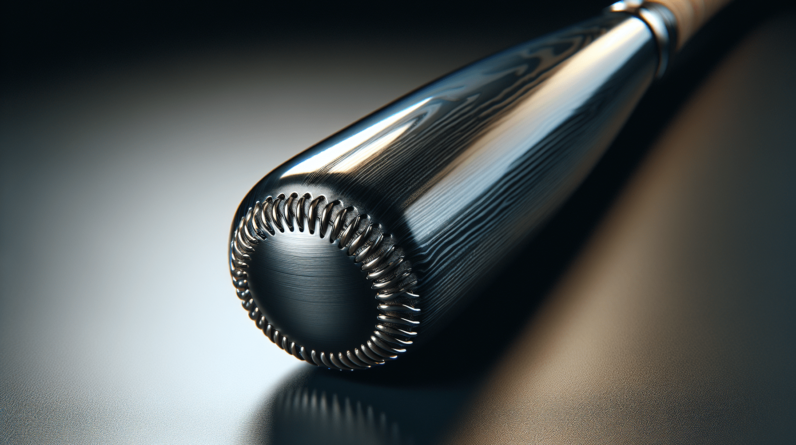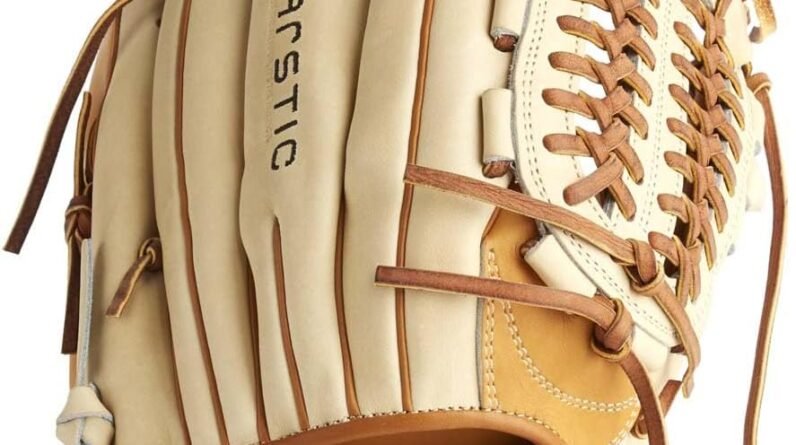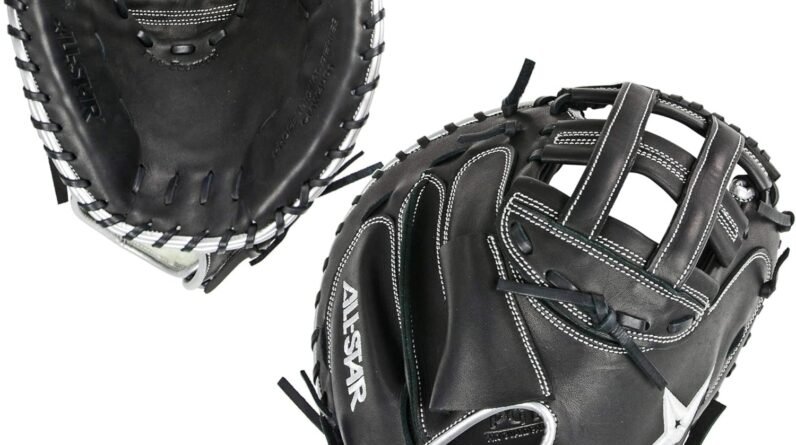Have you ever wondered how to choose the perfect fastpitch softball bat? With a wide variety of options available, it can be overwhelming to find the one that suits you best. In this article, we will explore the key factors to consider when selecting a fastpitch softball bat, from weight distribution to material and grip. By understanding these essential aspects, you’ll be well-equipped to pick a bat that enhances your performance on the field. So, let’s get started and find the ideal bat for your fastpitch game!
Factors to Consider
When it comes to choosing the perfect fastpitch softball bat, there are several factors you should consider. Each factor plays a crucial role in determining your performance on the field. By carefully considering these factors, you can find a bat that suits your playing style and helps you excel in the game.
1. Bat Material
The first factor to consider is the type of material used to construct the bat. There are four primary bat materials to choose from: aluminum, composite, hybrid, and wood.
-
Aluminum bats are known for their durability and affordability. They provide a great combination of performance and longevity, making them an excellent choice for players at all levels.
-
Composite bats are made from a combination of materials, usually carbon fiber and resin. These bats offer a larger sweet spot and enhanced power, making them popular among advanced players.
-
Hybrid bats combine the durability of aluminum and the performance benefits of composite materials. They often have an aluminum barrel and a composite handle, providing a balanced feel and improved bat speed.
-
Wood bats are typically made from ash, maple, or birch. They offer a traditional and authentic feel but require careful maintenance and tend to be less durable than other materials.
2. Weight
The weight of your bat is another crucial factor to consider. The right weight can significantly impact your swing speed and power. There are three main categories of bat weights: lightweight, medium-weight, and heavy.
-
Lightweight bats are easier to swing, making them suitable for players who prefer faster swing speeds. These bats are often preferred by younger players or those who need help generate bat speed.
-
Medium-weight bats strike a balance between swing speed and power. They provide a comfortable feel for most players and are often the preferred choice for intermediate level players.
-
Heavy bats offer more power but can be more challenging to swing. They are commonly used by experienced players who have developed the strength and technique to handle the additional weight.
3. Length
The length of your bat is another factor that can impact your swing mechanics and overall performance. Choosing the right length is essential for finding the optimal balance between control and power. There are three main categories of bat lengths: shorter bats, standard length bats, and long bats.
-
Shorter bats are typically more maneuverable and easier to control. They are beneficial for players who rely on quick bat speed and contact hitting.
-
Standard length bats are the most common choice among players. They offer a balance of control and power, allowing you to generate solid hits without sacrificing maneuverability.
-
Long bats provide extra reach and leverage, enabling players to hit the ball harder and farther. However, they may feel heavier and less manageable for players with less strength or experience.
4. Barrel Diameter
The barrel diameter of a softball bat refers to the thickness of the bat’s hitting area. The wider the barrel, the larger the sweet spot and the greater the chance of making solid contact with the ball. There are three main categories of barrel diameters: thin-barrel bats, standard barrel bats, and big-barrel bats.
-
Thin-barrel bats have a narrower hitting area, making them ideal for players who prioritize bat speed and contact hitting. They allow for greater control and maneuverability.
-
Standard barrel bats provide a well-rounded balance between control and power. They are the most commonly used bats and suit a wide range of playing styles and preferences.
-
Big-barrel bats have the widest hitting surface, offering an extended sweet spot. They are popular among power hitters who look to maximize their hitting distance and power.
5. Grip
The grip of your bat plays a crucial role in your ability to maintain control and generate power during your swing. There are several options to consider when it comes to bat grip: tapered grip, knob grip, bat tape, and batting gloves.
-
Tapered grip bats have a thicker handle that gradually tapers towards the barrel. This design provides a comfortable and secure grip, reducing the chances of slipping during your swing.
-
Knob grip bats feature a rounded knob at the end of the handle. This design helps prevent your hands from sliding off the bat and provides additional support for your bottom hand.
-
Bat tape can be applied to the handle of your bat to enhance grip and reduce vibration. It is a cost-effective option that allows you to customize the thickness and texture of your grip.
-
Batting gloves are another popular option for improving grip and reducing discomfort. They provide additional padding and can help absorb shock during contact with the ball.
6. Drop
The drop of a bat refers to the difference between its length and weight. It is expressed as a negative number and indicates the bat’s weight in ounces relative to its length in inches. There are four common drop ranges to consider: drop 12-13, drop 10-11, drop 8-9, and drop 3-4.
-
Bats with a drop of 12-13 are lightweight and intended for younger players or those who need help generating bat speed.
-
Bats with a drop of 10-11 strike a balance between swing speed and power, suitable for a wide range of players.
-
Bats with a drop of 8-9 are on the heavier side and are often preferred by experienced players who prioritize power hitting.
-
Bats with a drop of 3-4 are typically reserved for professional players who have developed exceptional strength and bat control.
7. League Regulations
Before purchasing a softball bat, make sure you understand the specific regulations set by your league. Different leagues, such as USSSA, ASA, NSA, ISA, high school, and college, may have different requirements regarding bat materials, lengths, barrel diameters, and certifications. It is essential to choose a bat that complies with the rules of your league to avoid any penalties or disqualifications.
8. Budget
Another factor to consider is your budget. Softball bats can vary significantly in price, with options available for every budget. There are three main categories of bats based on budget: low-budget bats, mid-range bats, and high-end bats.
-
Low-budget bats are often made from aluminum and offer basic performance characteristics. They are suitable for beginners or recreational players who do not want to invest heavily in a bat.
-
Mid-range bats provide a good balance of performance and affordability. They often incorporate more advanced materials and technologies, offering improved performance without breaking the bank.
-
High-end bats offer top-of-the-line performance and are often constructed from high-quality composite materials. They come with a higher price tag but provide exceptional power, durability, and bat speed.
9. Personal Preference
Ultimately, your personal preferences should play a significant role in your decision-making process. Consider factors such as bat color, brand, and aesthetics that resonate with you. Feeling comfortable and confident with your bat can have a significant impact on your performance on the field. It is always beneficial to try out different bats before making a final decision to see which one feels the best in your hands.
10. Player’s Skill Level
Lastly, you should consider your skill level as a player when choosing a fastpitch softball bat. Different bats are designed to cater to different skill levels, including beginner bats, intermediate bats, and advanced bats.
-
Beginner bats are typically lightweight, easy to swing, and affordably priced. They are ideal for players who are new to the game and need a bat that helps develop proper swing mechanics and technique.
-
Intermediate bats provide a balance of performance and forgiveness. They are suitable for players who have some experience and are looking to take their game to the next level.
-
Advanced bats are designed for experienced and skilled players who demand the utmost performance from their equipment. These bats often incorporate the latest technologies and materials to maximize power and bat speed.
In conclusion, picking the right fastpitch softball bat involves considering a combination of factors. From the material and weight to the length and grip, each aspect plays a crucial role in determining your success on the field. By understanding your individual preferences and skill level, as well as abiding by league regulations, you can find a bat that empowers you to perform at your best and enjoy the game to the fullest. So take the time to explore your options, try out different bats, and make an informed decision that will ultimately enhance your overall softball experience.

